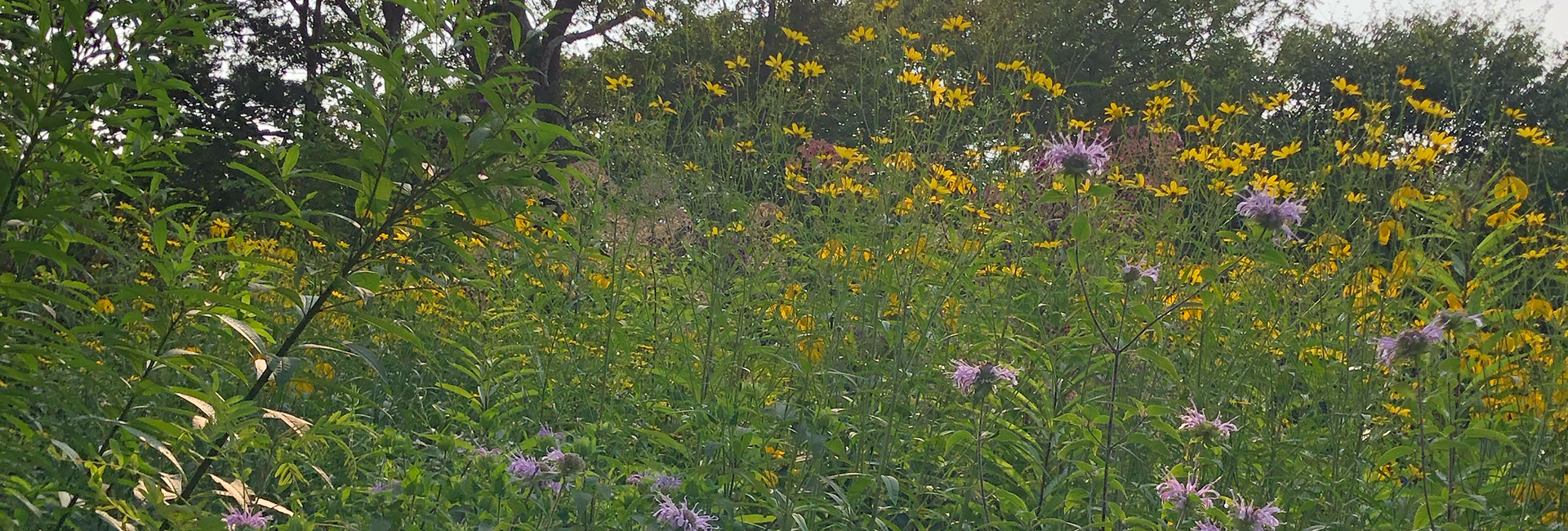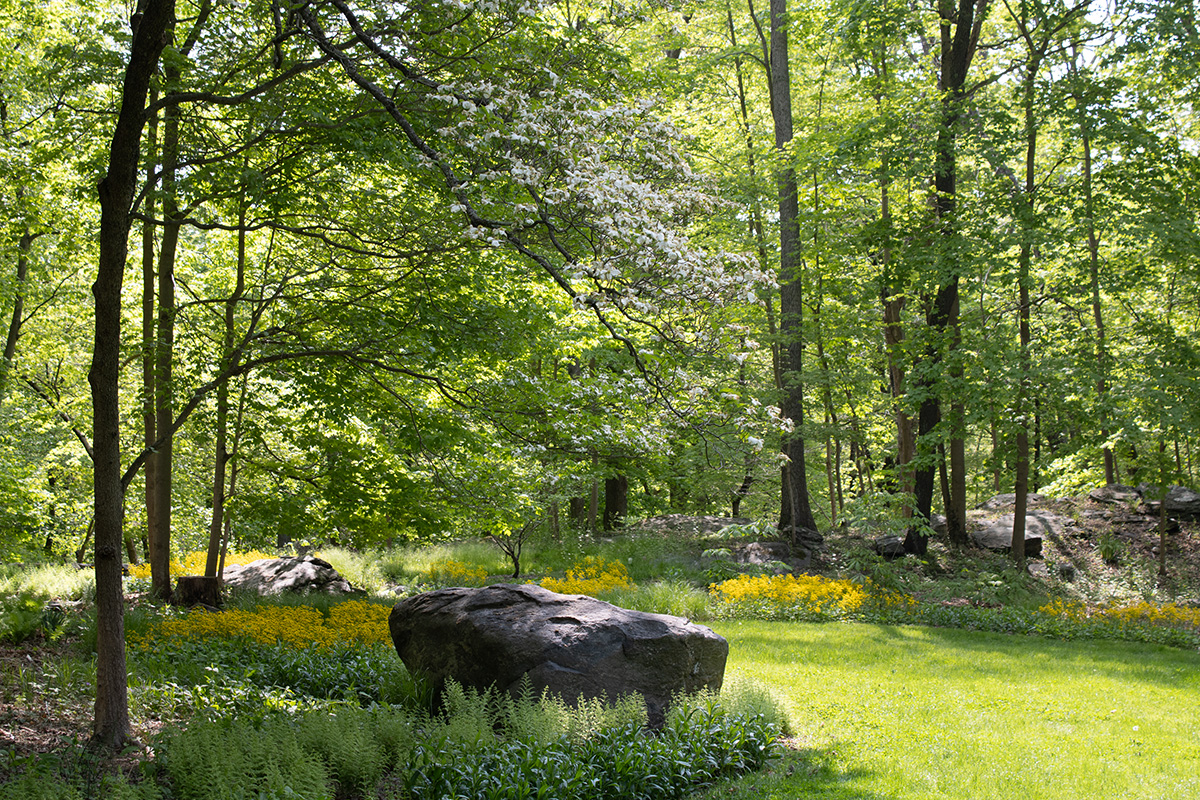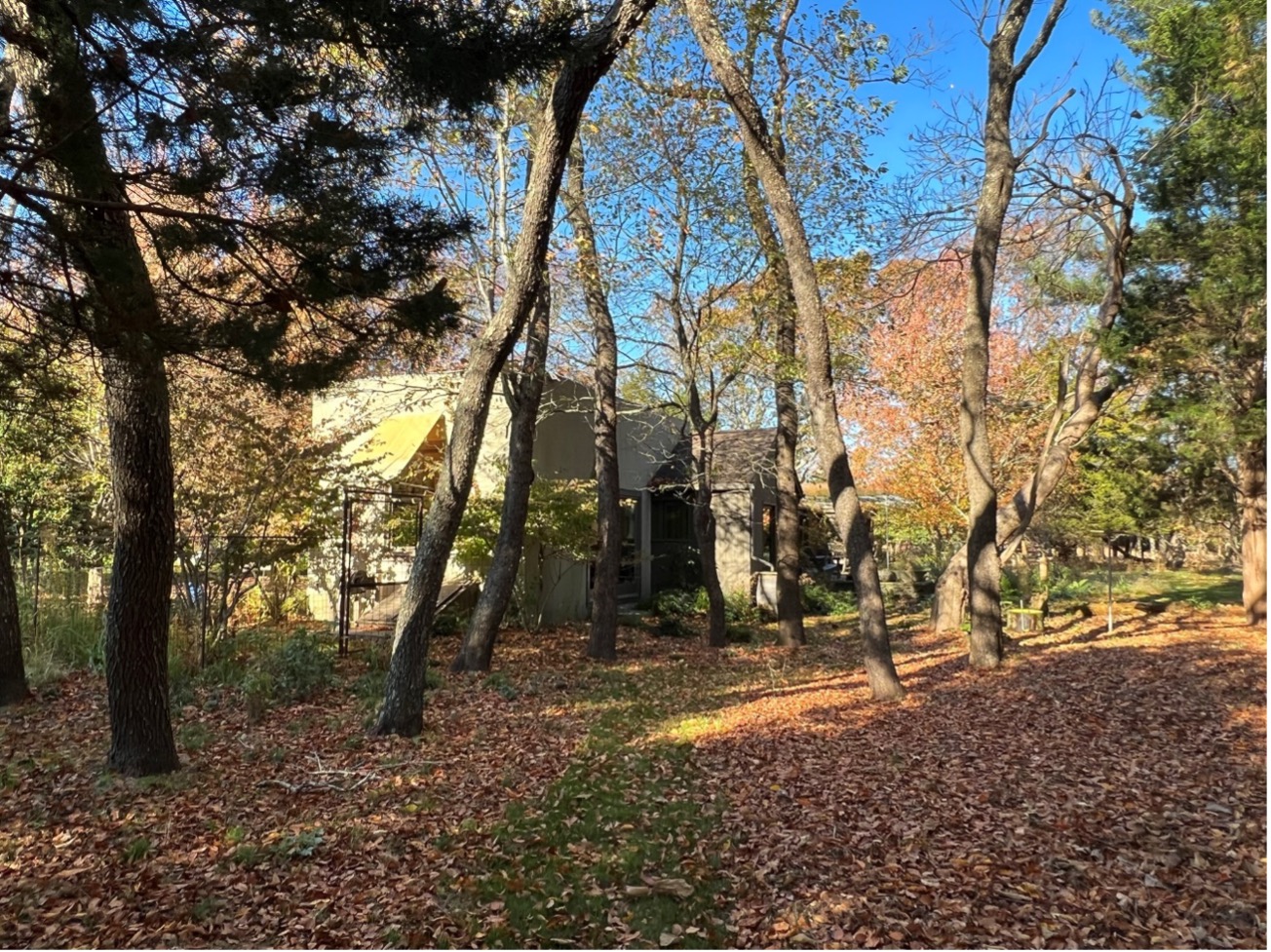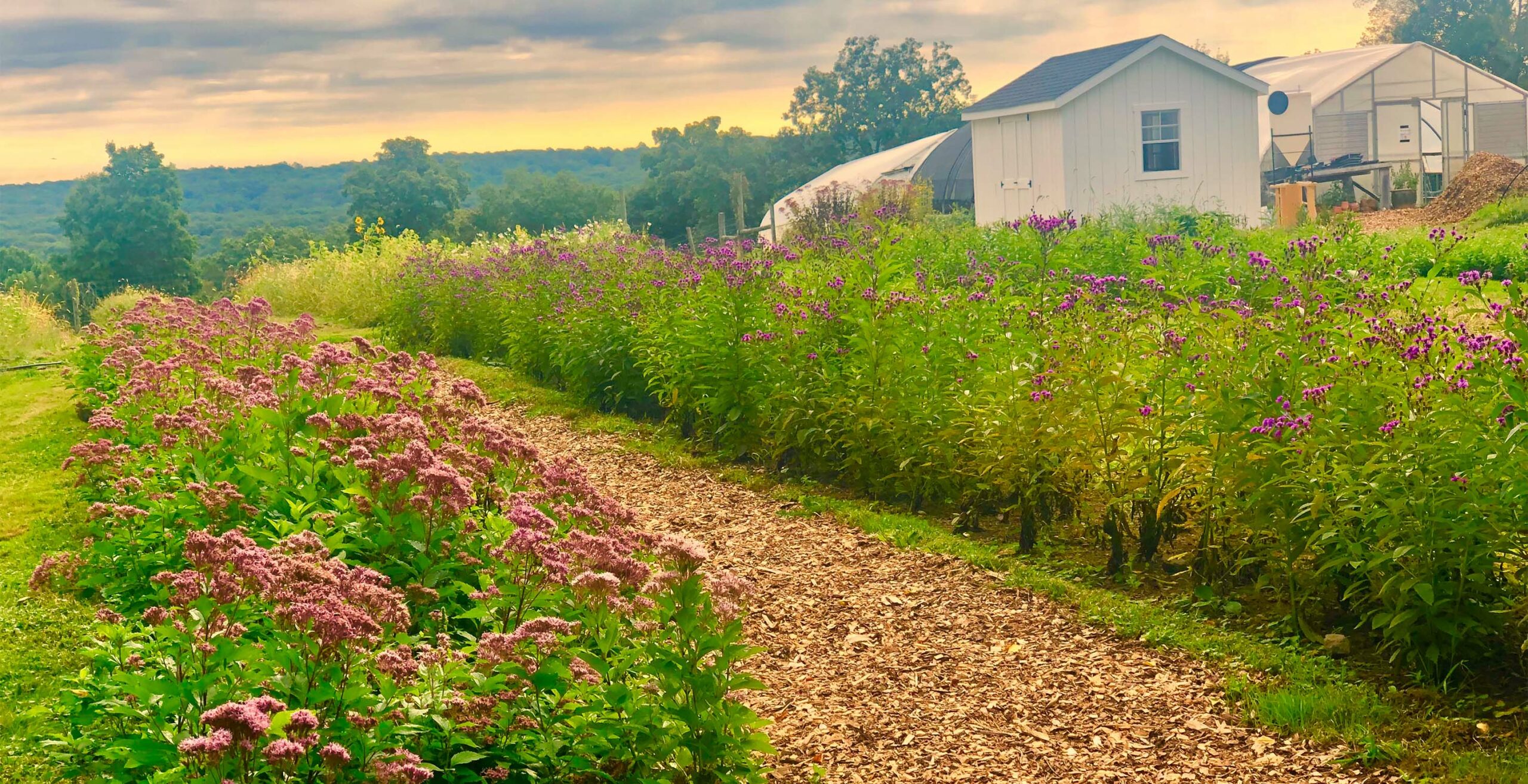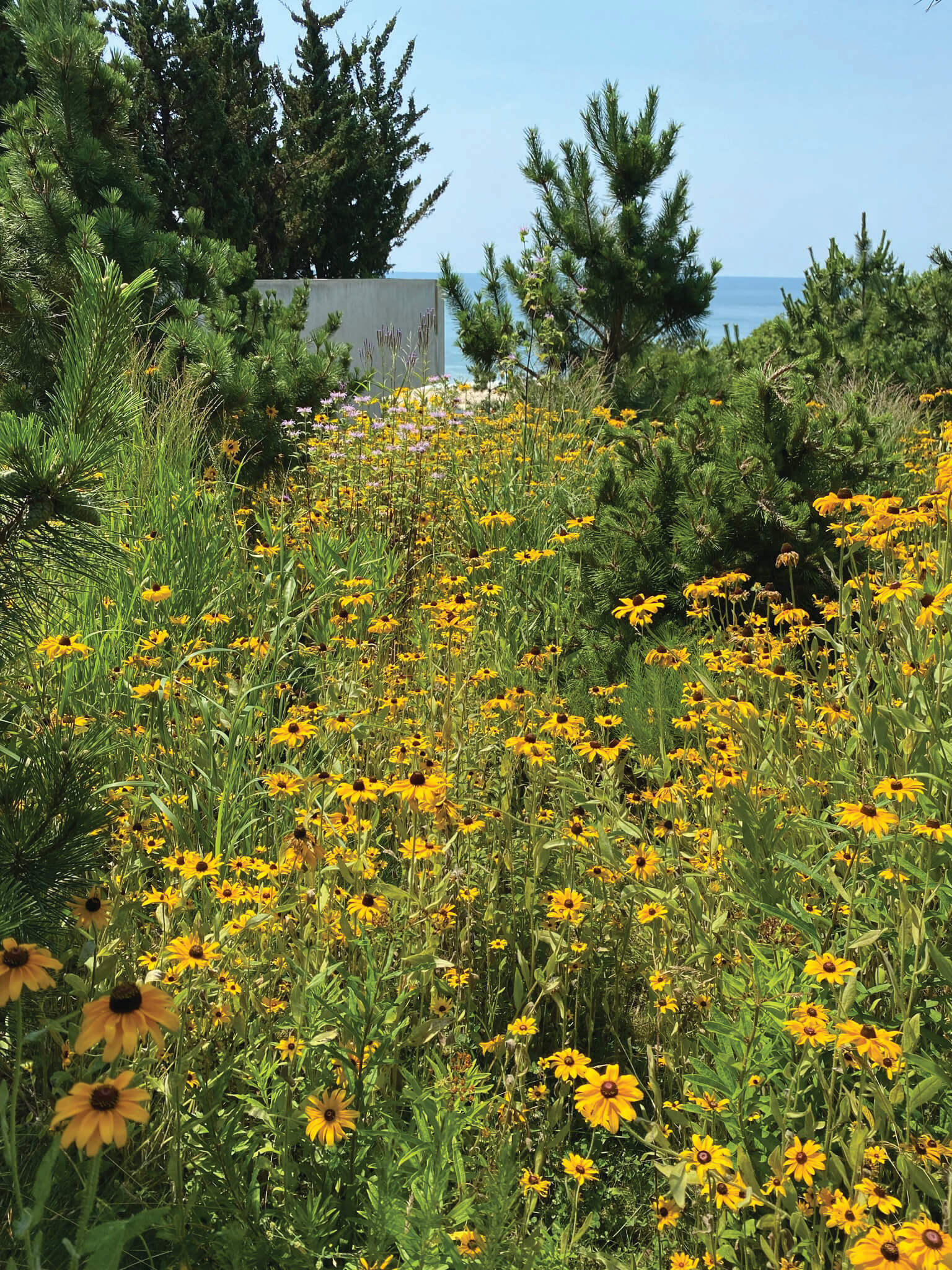
This is part of a series with Gardenista, which ran on July 28, 2023.
Photo by Edwina von Gal: A bountiful summer meadow flaunts black-eyed Susans and beebalm. To support pollinators, plan to have at least three different types (nine is ideal) of native plants in bloom during each of the growing seasons to provide a steady feast.
This morning in my family’s garden, we found two monarch caterpillars sporting their yellow, black, and white stripes munching on some milkweed. Overhead a song sparrow trilled. It’s been about five years since we started filling the small beds with native plants, and we’ve noticed a big change. What was once a generic garden full of sterile cultivars is now a hive of activity. I couldn’t be happier, but, also, I know there’s more to do for this ecosystem, and more discoveries to uncover. Through my work with Perfect Earth Project, I’m learning more about how to garden sustainably, specifically the principles of nature-based gardening.
Simply put, nature-based gardening means working hand-in-hand with nature, not trying to tame it into submission by clipping, mowing, and spraying it to fit an outdated notion of beauty. As Perfect Earth founder Edwina von Gal says, “Stop putting your garden into shapewear.” Instead, work with nature: Nurture your soil. Grow the plants native to your region and allow them to flourish without chemicals. Provide habitat for wildlife (humans aren’t the only inhabitants here). Plant a keystone tree (or ten!). You’ll be amazed, I promise, at the beautiful, bustling, and interesting environment that almost magically appears. As Joy Harjo writes in “For Keeps,” “Sun makes the day new. / Tiny green plants emerge from earth. / Birds are singing the sky into place. / There is nowhere else I want to be but here.”
Here are Perfect Earth’s principles of nature-based gardening.
- Grow Native Plants in Your Garden.
They need so little, and they give so much. Aim for at least two-thirds in your yard. - Remove Invasives.
Get rid of the non-native plants that are taking over our landscapes and outcompeting native plants. - Say NO to Toxic Chemicals.
Nature-based landscapes don’t need synthetic fertilizers and pesticides to thrive. - Nurture your Soil.
Your garden is only as healthy as the soil in which it grows. - Maintain Biomass, and Mind the Mulch.
Leave the leaves and all organic matter, make compost, and grow a living mulch. - Reduce your carbon footprint. Less noise, less pollution.
Tend to your garden manually or go electric. Your neighbors (and your ears) will thank you. - Prune Prudently.
Stop chopping with abandon! Every cut is a wound. - Plant Trees Properly.
Do right by roots and don’t bury the crown when planting trees. - Water Your Lawn Deeply.
At least 30 minutes and only as needed. - Reduce Your Lawn.
Return part of your yard to the birds, bees, and butterflies. Maintain the lawn you do keep by following toxic-free practices. - Plant a Habitat Garden.
And watch the pollinators and wildlife flock to it. - Have Faith, Have Fun.
Change from a fussy and restrictive landscaping style to something more comfortable, loose, and personal. Let your landscape surprise you.
To learn more about each of these practices, download Perfect Earth’s guide to Nature-Based Gardening here.

Moisture-loving blue vervain (Verbena hastata) grows in a field in New York. It’s attractive to birds, butterflies, like the common buckeye, and bees, especially bumble bees.

Beebalm or monarda, a perennial native to the eastern U.S., produces firework-like flowers in mid-summer. Here, a hummingbird moth can’t resist stopping for a drink.
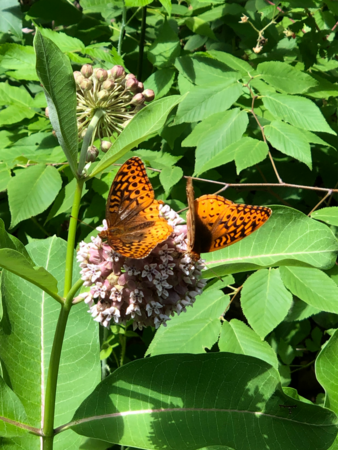
If you plant it, they will come. While fritillary butterfly larvae don’t eat milkweed (they subsist on violets, instead), the adult butterflies will drink the nectar from milkweed.
